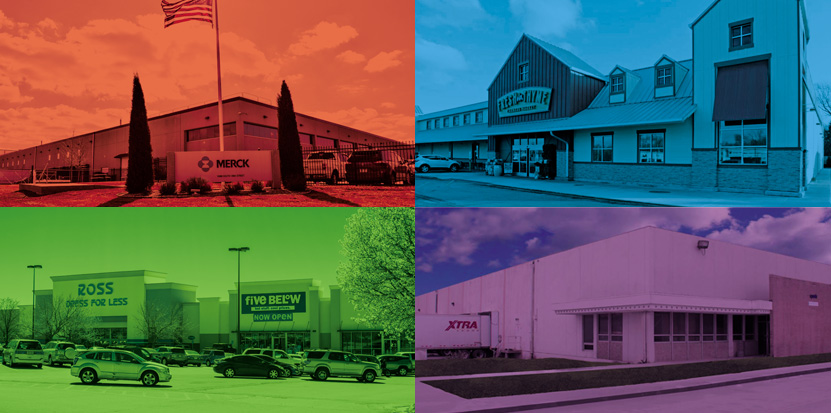2019 was another active and healthy year for the Omaha investment sales market, although volume year-to-date is down slightly from 2018. 2019 was particularly active in the sub $5 million price range dominated primarily by individual investors.
The current Omaha investment market is characterized by the following trends:
- Strong demand for industrial properties, both single and multi-tenant. This is a culmination of many factors, including a lack of construction that has contributed to a very tight market, and perceptions that industrial will benefit from the continuing growth of online sales.
- Demand for mini-storage – in Omaha, most of the large trades in the past few years have been to two buyers, Storage Mart and Public Storage.
- Strong demand for single-tenant net-leased properties across all price ranges.
- Concern about the future of big box and junior box retail due to the growth of online sales.
Significant transactions in 2019, excluding multifamily and hotel sales, include:
Industrial:
- Sale of the Merck Animal Health building for $19,900,000
- Sale of the Marianna Imports building for $18,725,000 (this was part of a national portfolio sale)
- Sale of two buildings owned by Graton Warehouse at 10025 I Street for $8,400,000
- Sale of a single tenant distribution warehouse leased to International Paper at S. 76 Circle & F Street for $6,500,000
Mini-Storage:
- Sale of a portfolio of 4 properties for $20,500,000
- Sale of the Crown Point storage center at 7603 Crown Point Avenue for $5,100,000
Retail:
- Sale of the Baker Square Shopping Center at the SWC of 132nd & Center for $16,525,000
- Sale of the Wolf Creek Shopping Center located at the SEC of I-75 and Cornhusker for $15,675,000
- Sale of two Prairie Life Fitness facilities at 132nd & West Center Road and 84th & Q Streets for a combined price of $14,300,000
- Sale of the Hy-Vee convenience store in Plattsmouth for $9,100, 000
- Sale of the Fresh Thyme supermarket located at 175th & West Center Road for $9,100,000 (Fresh Thyme has since announced the closing of this location)
Notably, there were no significant stabilized office/investment sale transactions in 2019. (The Kiewit Plaza sale is a redevelopment.)
Demand for single-tenant net-leased properties continues to be very high. Due to today’s high construction costs, recent construction requires high rents from tenants which translates into high – sometimes astronomical – sale prices per square foot. Many in the industry question whether these prices per square foot make sense, but the single-tenant market continues to see high demand.
Demand for multi-tenant retail continues to be very strong for neighborhood shopping centers priced within reach of the average individual investor. There were multiple trades in this category in 2019, and there likely would have been more had there been more quality properties available for sale. Investors seem to be comfortable with the idea that neighborhood retail centers will continue to see high occupancy as their tenants are more internet resistant. There are also limited choices available for investors in the sub $5 million price range.
Conversely, capitalization rates for centers with significant big box and junior box components have risen from 75 to 100 basis points in the past three years. Many of these centers in secondary and tertiary markets in the Midwest are purchased by private equity groups. These groups have seen reduced interest from their investor base, which has translated into fewer buyers and higher capitalization rates.
The market often overreacts to headlines, and I suspect the attitude towards junior box anchored retail may be an overreaction.
As of this time last year the key benchmark ten-year treasury rate was at 3.2%. As of this writing, the ten-year treasury has fallen 150 basis points to 1.7% and has been as low as 1.5% recently. Spreads between capitalization rates and long-term borrowing rates were historically high at this time last year. Now the spread is even more dramatic. While today’s capitalization rates seem low to many who have been in the market for some time, they are actually relatively high when taking current interest rates into account.
Many in the industry have expected long-term interest rates to rise for years, and it has not happened. While capitalization rates will continue to rise and fall within individual property sectors, there is no reason to expect demand for investment property to subside unless there is a dramatic change in long-term interest rates or a dip in the economy.
This article appeared in our company newsletter in December of 2019. Please click here to download the entire newsletter.

